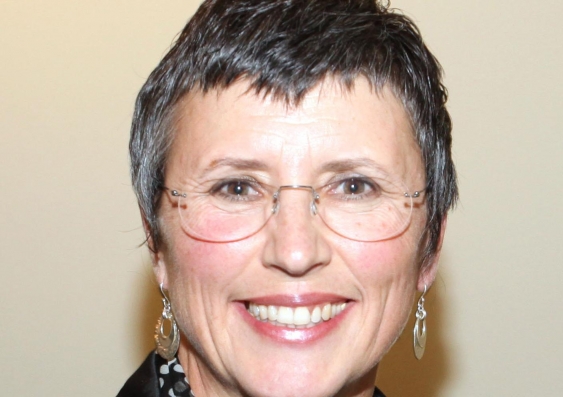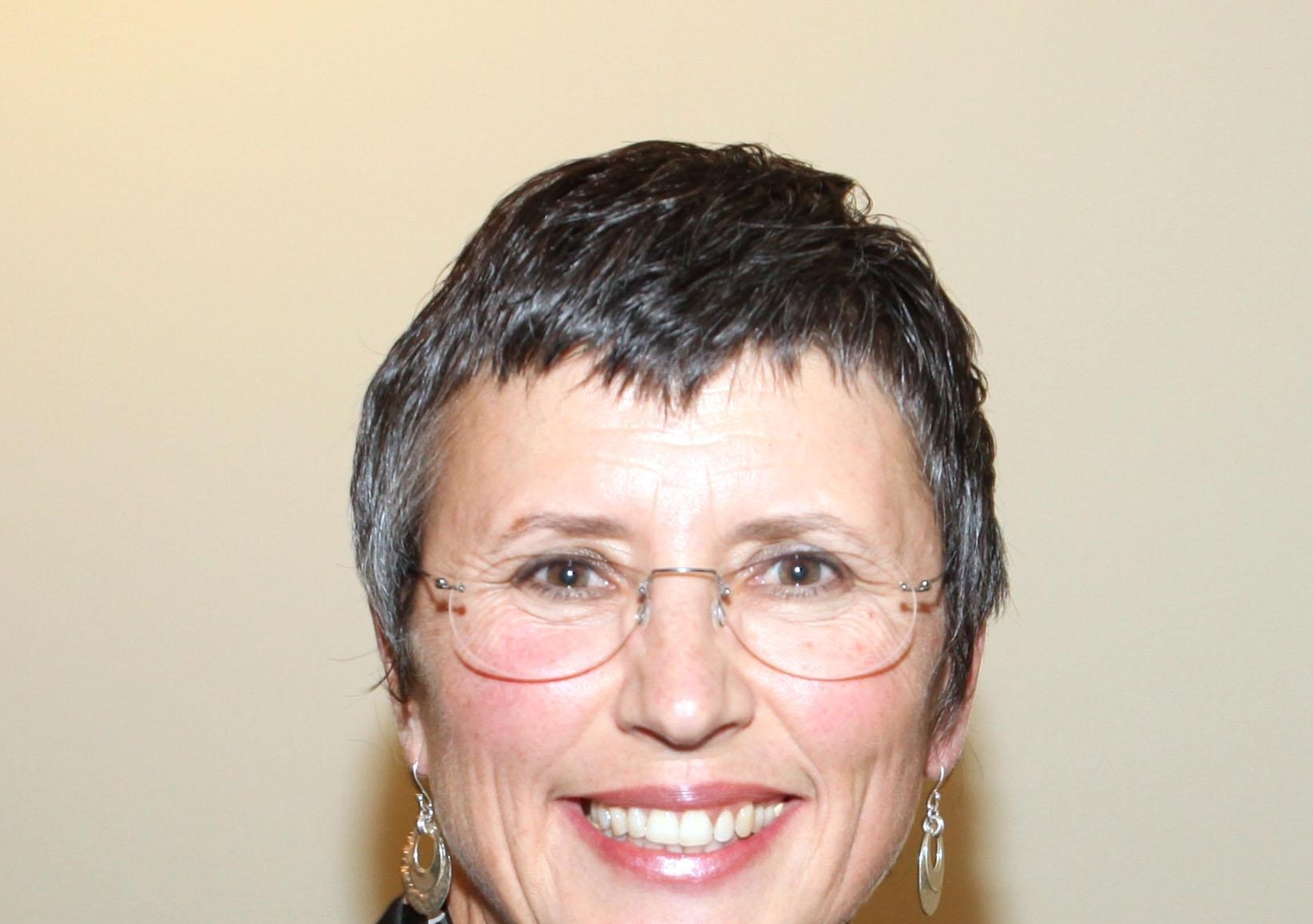How Aboriginal youth can overcome adversity
The first step in breaking the vicious cycle of disadvantage and empowering young indigenous Australians is to look at our communities' circumstances through a different lens, argues Lisa Jackson Pulver.
The first step in breaking the vicious cycle of disadvantage and empowering young indigenous Australians is to look at our communities' circumstances through a different lens, argues Lisa Jackson Pulver.

OPINION: As an Aboriginal woman working in public health, I have always believed that we can break the vicious cycle of disadvantage and empower young indigenous Australians to overcome adversity. Now, I believe we know how.
The first step is to look at our communities' circumstances through a different lens.
In Australia, we've become experts at chronicling and quantifying disadvantage, investing millions in research that tells us how Indigenous communities lag behind in health, educational and social indicators.
But our rigour in describing the “gap” has not been matched by similar success in implementing measures to close it.
Such a negative picture further stigmatises and marginalises those people already struggling.
That such success stories often struggle for recognition and for ongoing funding is one critical barrier to achieving generational change.
However, by systematically isolating and analysing the factors that are critical to success, we can identify the programs and projects that we should be emulating.
And, in doing so, we can create a new blueprint that points in the right direction.
Research by the Muru Marri Indigenous Health Unit at the University of NSW – reported in The Social and Emotional Wellbeing of Indigenous Youth paper – sought to do just that.
Our intention is to contribute to the health and wellbeing of Aboriginal and Torres Strait Islander peoples through research and intervention projects.
Successive Australian governments have recognised the importance of the health and wellbeing of Australian 12-24 years olds for the nation's future.
While young people make up about one-fifth of the total Australian population, half of the Indigenous population is under 21.
We understand too well that the compromised social and emotional wellbeing of young Aboriginal and Torres Strait Islander Australians is a central barrier to them realising their full potential in health, in education and in life.
Investing well at this critical stage promises to underpin the survival and growth of Aboriginal and Torres Strait Islander families, communities and culture into the future.
Our research scrutinised the policies and programs that promote the social and emotional wellbeing of Aboriginal and Torres Strait Islander youth and focused on six successful programs in great detail to find out why they worked.
We found a clear link between an emphasis on the positive and tangible results.
Programs that are working effectively emphasise the strengths of young people, encourage positive behaviour and participation and support culturally appropriate self-belief and self-esteem.
Programs that provide flexible opportunities for young people to discover and celebrate their Aboriginality can give them the space to heal, to create and have fun and, ultimately, to meet their personal goals.
However, successful programs also recognise that change takes time and does not necessarily follow a straight line.
In a practical sense, what does this mean?
In Adelaide, for example, a large mentoring program grew out of a casually employed street work team that was set up to provide young people with safe transport home from the city after midnight over the weekends.
By following up with the youths' families, the Aboriginal-led and staffed Panyappi Youth and Family service have built a successful mentoring program that helps young people recognise their strengths, identify their goals and address their emotional, social, educational, safety and legal needs.
Another successful approach was the Resourceful Adolescent Program that is delivered to all high school students across western NSW, thereby avoiding the stigmatisation of Indigenous young people that often comes with singling them out as "at risk".
However, while the program is universal, an Indigenous adaptation was developed that is culturally appropriate and relevant, specifically targeting Indigenous young people within the broader initiative.
We also found something that all Aboriginal people understand.
That is, that healing is fundamental.
In the Northern Territory, young people have an opportunity to attend residential healing camps located on traditional land in a quiet, pristine natural environment.
The camps allow them to reflect on their lives and to identify their strengths while taking part in activities that reconnect them with their culture and a healthy lifestyle.
Conventional research practice requires us to identify and quantify a problem before we seek to solve it.
But, for Indigenous disadvantage we've been stuck in this rut for far too long. Constant negativity is only reinforcing harm.
Historical grief means the foundations of many Indigenous communities are cracked.
We need to honour new ideas and to foster healing to give us something solid to rebuild on.
That can start by embracing the good ideas and the local successes that really do work.
Dr Lisa Jackson Pulver holds the inaugural Chair of Indigenous Health and is a Professor of Public Health at UNSW, and is a Director of Muru Marri Indigenous Health Unit.
This opinion piece was first published in The Sydney Morning Herald.

Professor Lisa Jackson Pulver. Photo credit: Grant Turner, Mediakoo.